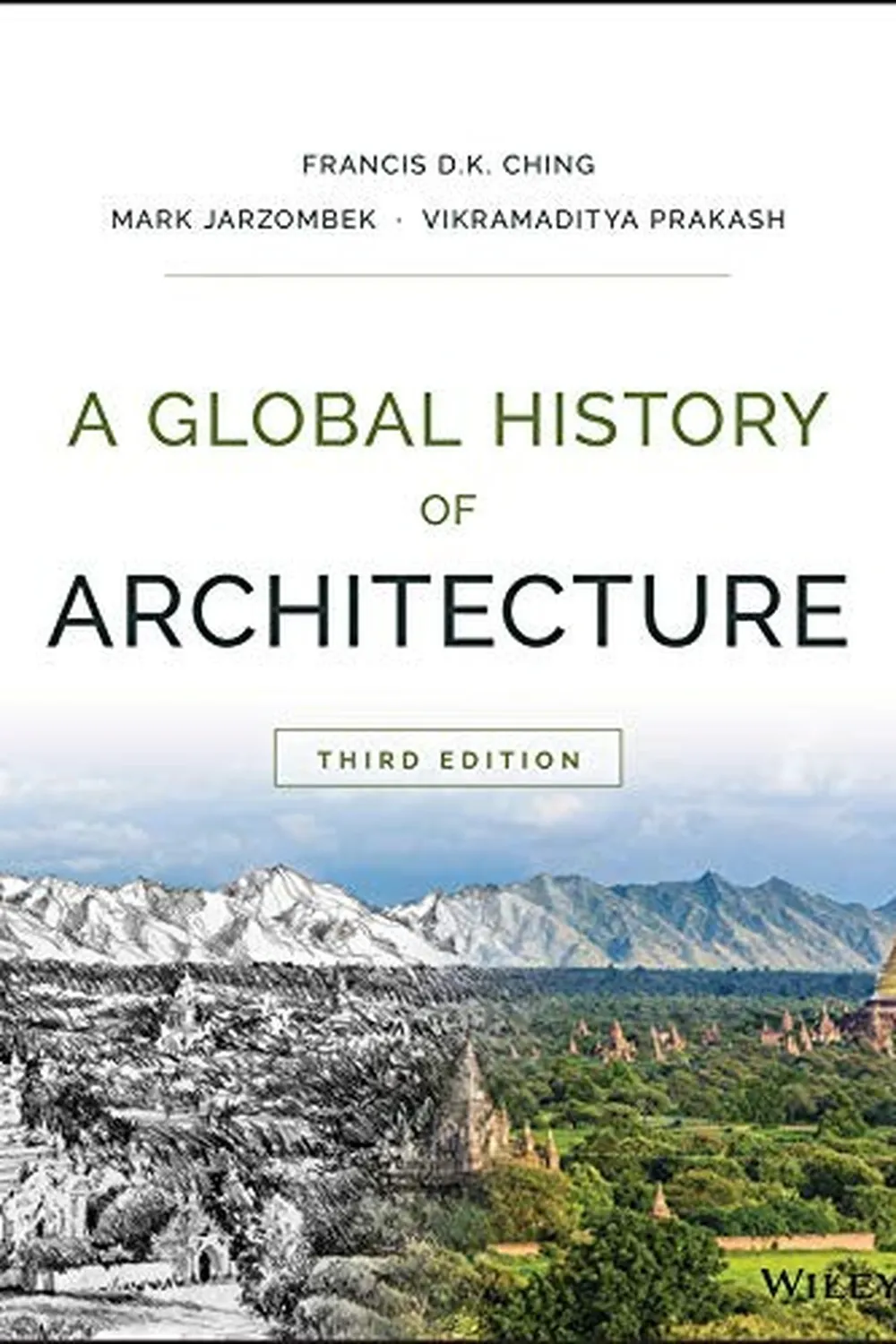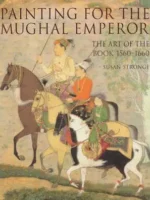A Global History of Architecture Review
A Global History of Architecture by Francis D.K. Ching, Mark Jarzombek, and Vikramaditya Prakash maps built form across time and cultures with Ching’s signature clarity. It treats architecture as cultural technology: climate, ritual, power, and craft produce distinct solutions to shared human needs.
Overview
Spanning prehistory to the present, the book organizes by period and region, pairing analytic drawings with short essays on materials, structure, urbanism, belief systems, and exchange among cultures.
Summary
Chapters move from early settlements and ritual spaces to classical systems, Islamic worlds, South and East Asian traditions, Indigenous architectures, and modern/global movements. Trade routes, colonialisms, and industrialization explain stylistic diffusion and resistance. Diagrams decode plans, sections, and tectonics so ideas travel across eras.
Authors
Ching (visual pedagogy), Jarzombek, and Prakash (global history) combine graphic precision with comparative scholarship.
Key Themes
Place and climate as design drivers; ritual and power embedded in form; cross-cultural transfer; material/structural logics shaping space.
Strengths and Weaknesses
Strengths: lucid drawings, panoramic coverage, and integrative narrative. Weaknesses: brevity per case and uneven depth on contemporary non-Western practice. Use as map, then zoom with local studies.
Target Audience
Students, designers, historians, and travelers seeking a concise, comparative reference.
Favorite Ideas
Section drawings as cultural x-rays; climate-responsive typologies recurring across regions; cities as palimpsests of trade and belief.
Takeaways
Context—climate, craft, culture—writes the brief. Read buildings through materials and rituals, and you’ll see global patterns without erasing local meaning.









